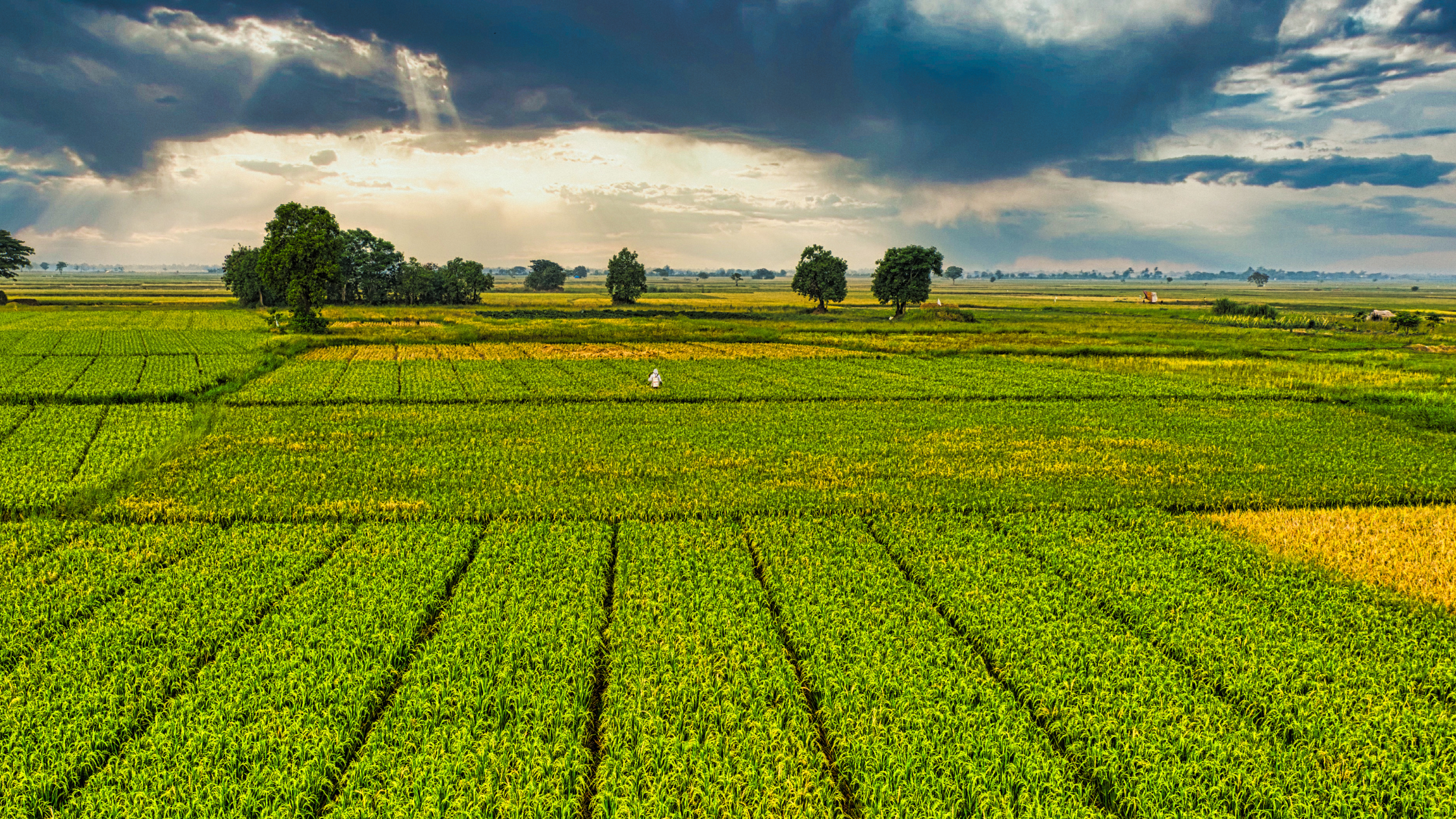Regenerative Agriculture Sustains and Nourishes the Land
Regenerative agriculture makes the best use of the land to restore and conserve it for future generations. This is a sustainable and dynamic approach to growing crops along with ranching and raising animals. The process also helps to reduce severe climate change.
"Regenerative growers foster and protect relationships—between people, lands, waterbodies, livestock, wildlife, and even microbial life in soil," according to the National Resources Defense Council. This NRDC works with farmers and ranchers who are renewing the soil in climate-resistant communities across the US.
What is Regenerative Agriculture?
Regenerative agriculture is sustainable agriculture and land management by making the best use of biodiversity in each region where it is practiced.
The goal of regenerative agriculture is based on the location of the land and its best use. Basically, the soil is restored to its most historically natural condition. The entire ecosystem is designed to conserve water and reduce waste. Each program is developed to protect the land and the climate for future generations, based on geographic and geological locations.
What are the Basic Principles?
The basics are the same for rain forest and/or pasture lands. Regenerative farming is a philosophy that reverts back to native land use before pesticides and chemicals were used for crops.
This practice of land use dates back millennia, when farming was in harmony with nature. Indigenous people worked with existing soil, water, and climatic conditions, along with native animals and insect pollinators.
This is often in contrast to modern industrial agricultural practices that can result in soil erosion, harmful water runoff, and carbon depletion of the soil. Unlike modern industrial farming, regenerative agriculture is based on more than just crop yield. It takes the happiness and satisfaction of the people involved in the process into consideration. They rejoice in not harming the land with chemicals and even reusing and repurposing old equipment.
Recycling is also part of the regenerative process.
Benefits and Techniques of Regenerative Agriculture
- Composting is a major technique that farmers and many gardeners use in their backyards! This is simply the process of turning waste, including food and manure, into fertilizer.
- Cover cropping includes planting seasonal crops in soil that would usually be left bare after a harvest. This reduces soil erosion and increases water retention, in addition to other benefits.
- Rotational grazing, an ancient practice, is also used for animals to allow pasture lands to regenerate.
- No pesticides or fossil fuel based products are used. Chemical fertilizers are not used.
- No till farming is part of the regenerative process. The ground is not plowed.
Other methods include riparian buffers such as forests and hedgerows that protect the land from wind, rain, and water runoff.
The benefits are enormous. Better soil conditions and farming techniques will help slow down climate change. People enjoy working their regenerative farms and their crops are organic. There is a demand for food grown without pesticides and chemicals. According to the NRDC, farmers communicate with each other throughout the country. Local farmers form farmer's markets to sell their crops directly to the public.
They also enjoy the cost savings by not using chemical fertilizers, antibiotics, and other synthetic products.
Regenerative agriculture is also practiced in the rainforests of tropical countries. Too many forested areas were cleared for farming. The Rainforest Alliance has worked to improve sustainable agriculture in tropical countries where forests and their biodiversity have been destroyed. The objective of the alliance is to restore the forests, improve sustainability, and diminish climate change.
Helping Sustainability
Farmers and ranchers can continue to use the techniques of regenerative agriculture for future sustainability. The land will continue to naturally provide the nourishment crops and animals need for survival. This provides food for people while it mitigates climate change.
Growers can promote farmer markets with fresh, organic crops in all communities to help people eat healthier foods.
At Industry Plastic, we produce plastic shipping boxes that are reusable and recyclable - which makes them sustainable.
Contact us for more information on our Friendly Box that can be used for packaging your produce. We are here to support regenerative agriculture!
